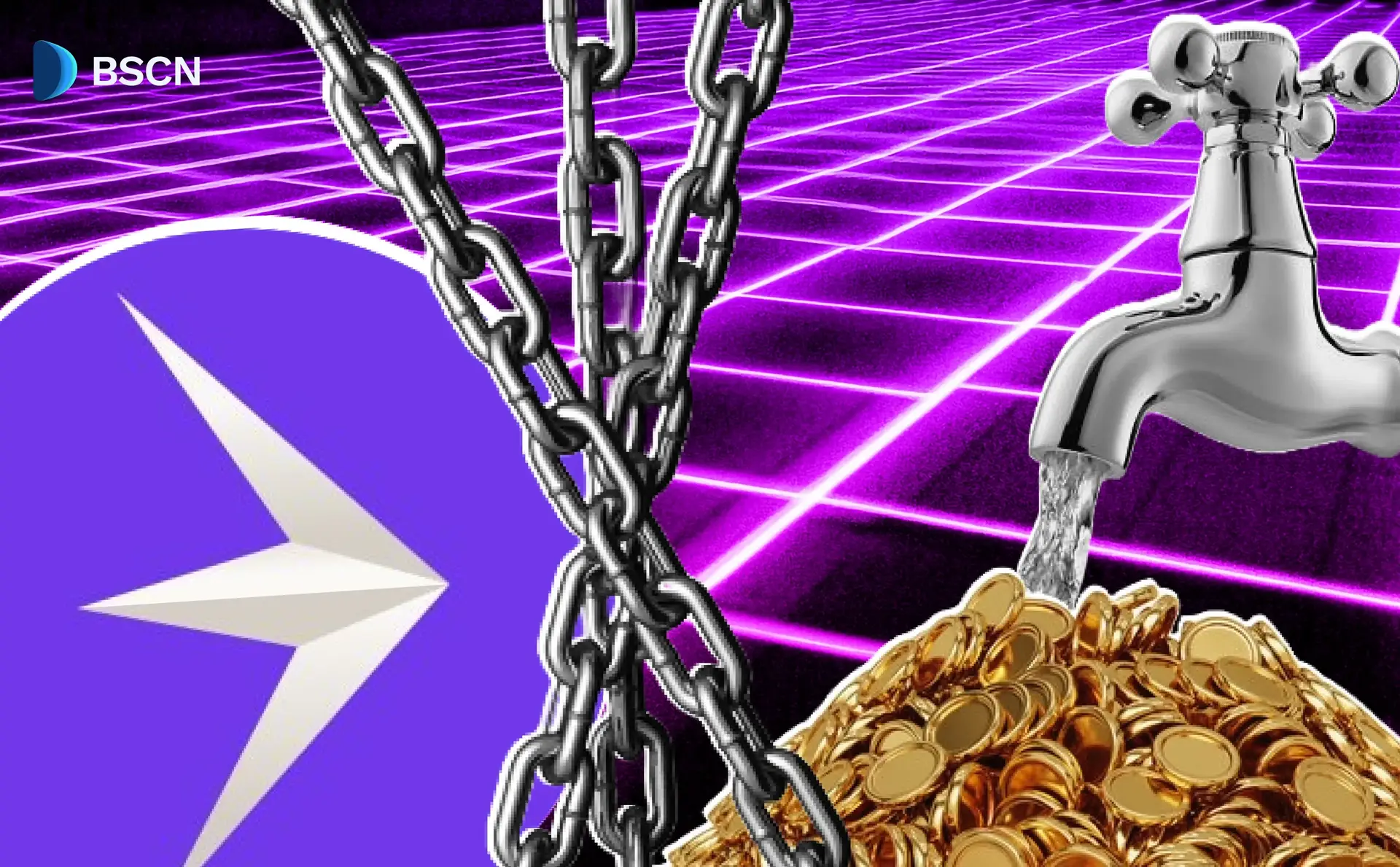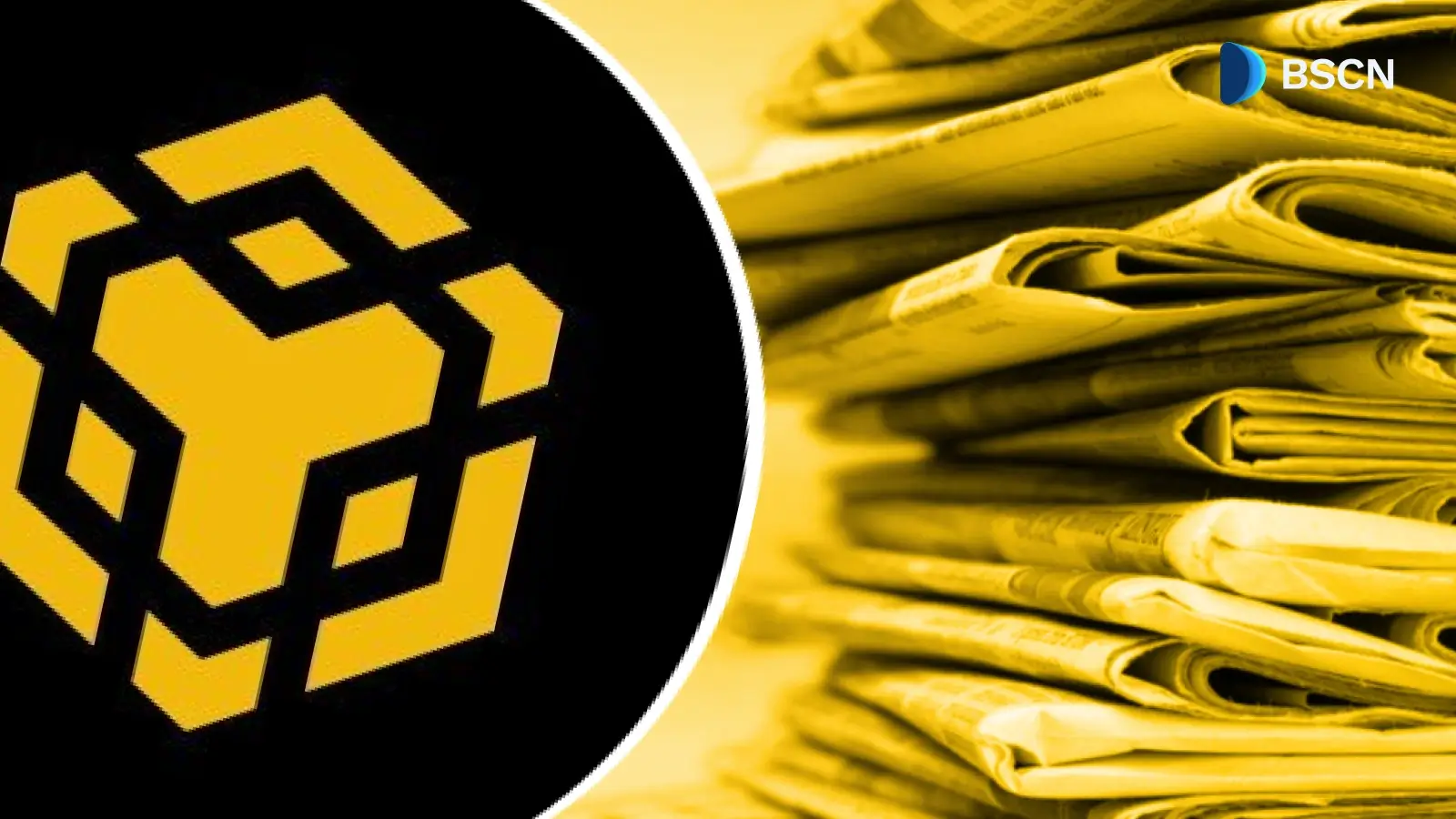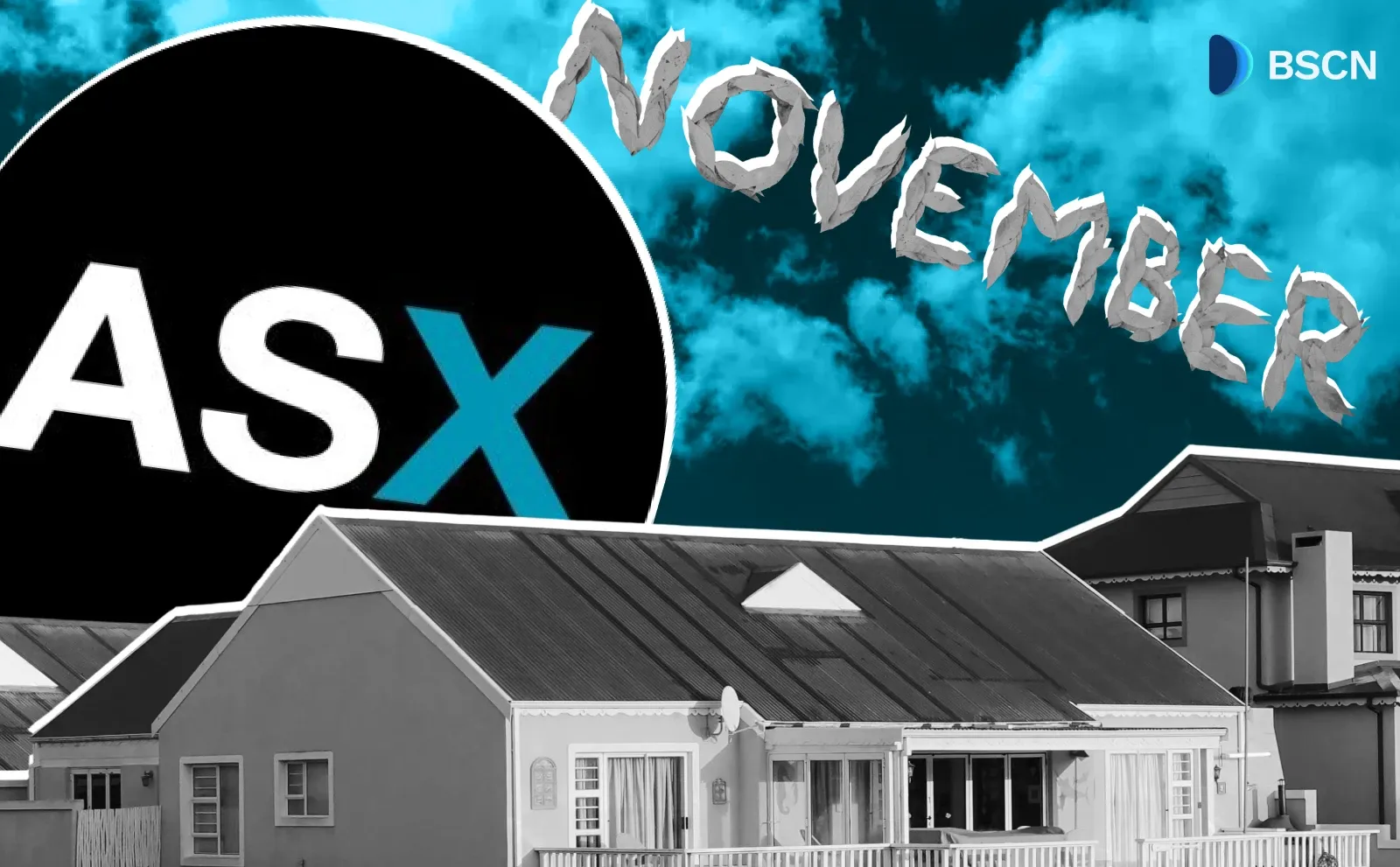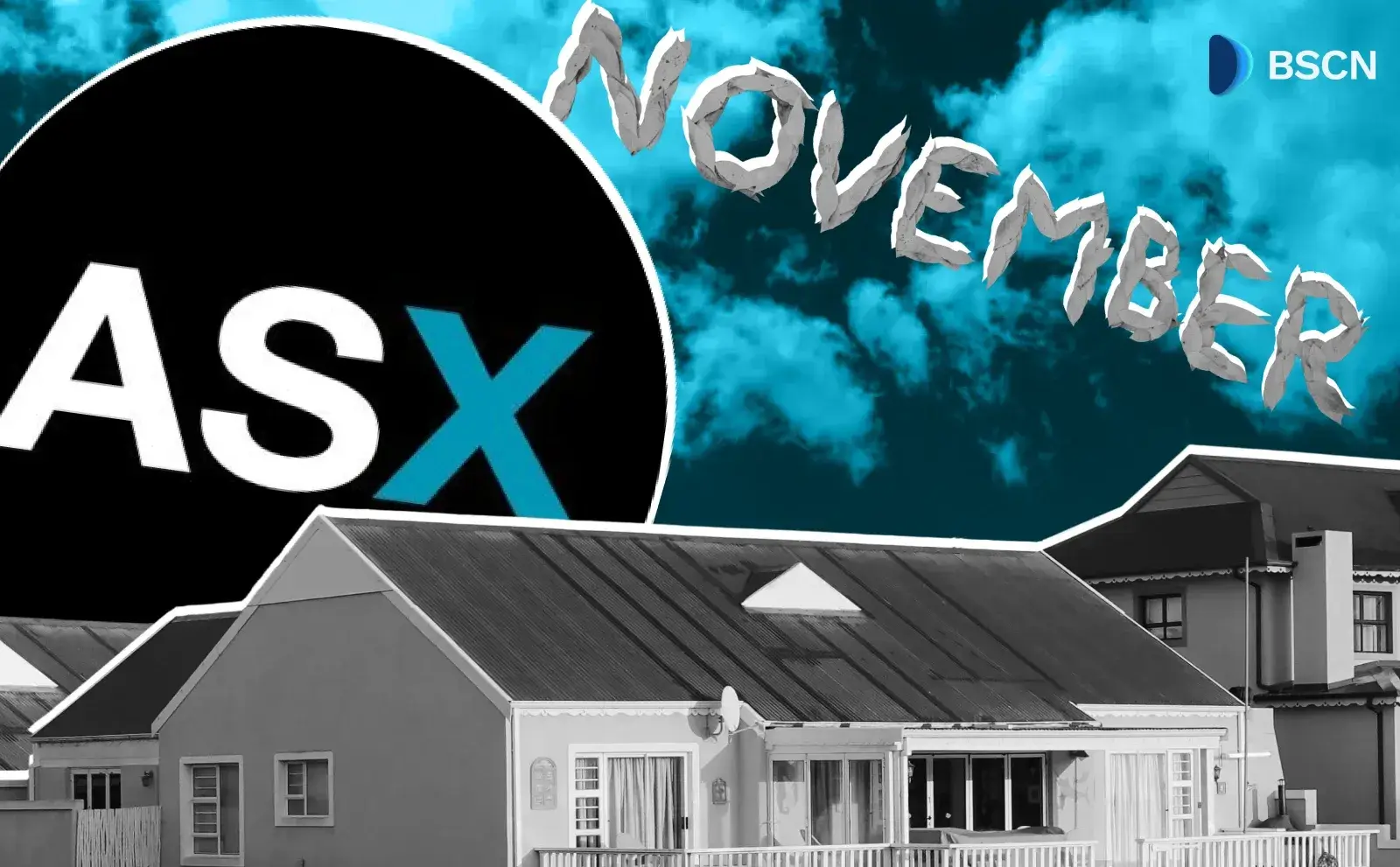Deepdive
(Advertisement)
Magpie Protocol Explained: A New Era for DeFi?

Magpie has positioned itself to have a major impact on today's DeFi landscape. Liquidity is everything and that's exactly what it offers...
UC Hope
April 9, 2025
(Advertisement)
Table of Contents
Magpie Protocol has emerged as a key player in Decentralized Finance (DeFi), addressing the challenge of cross-chain trading. The Dubai-based platform has processed over 1.5 million swaps, recorded a total volume exceeding $4.8 billion, and attracted more than 194,000 unique users.
Supporting numerous blockchains and planning further expansion, Magpie Protocol has established itself as a prominent project in liquidity aggregation. This article examines key details about the platform, its mode of operation, recent performance, and 2025 plans based on its Roadmap.
What Is Magpie Protocol?
Magpie Protocol is a decentralized liquidity aggregation platform built to simplify cross-chain swaps in DeFi. Over time, trading assets across different blockchains, such as swapping a token on Ethereum for one on Solana, has historically required users to manually "bridge" their assets. This process can be slow and expensive. Magpie removes that barrier.
The platform achieves this by aggregating liquidity from various Decentralized Exchanges (DEXs) and bridges, enabling users to trade tokens across multiple blockchains in a few clicks. Magpie uses routing algorithms and cross-chain messaging services like Wormhole to secure optimal trading paths and prices. Further, it operates as a non-custodial system, meaning users retain control of their funds, enhancing security.
Based in Dubai, the Magpie team aims to make DeFi more accessible. As of writing, the protocol supports over 30 blockchains, including Ethereum, Polygon, and BNB Chain, as well as newer networks like Berachain and Linea. It draws liquidity from 766 sources, ensuring efficient trades.
How Magpie Protocol Works
Magpie Protocol operates with a focus on efficiency and user convenience. It enables cross-chain swaps by leveraging bridge technologies and messaging layers, which allow direct trades between chains. This eliminates users' need to manually bridge assets, often requiring interaction with separate bridge protocols and paying additional fees.
Instead, Magpie handles the heavy lifting, routing trades through the most cost-effective paths.
One of its standout features is gasless swaps, where users avoid paying gas fees in a blockchain’s native token, such as ETH for Ethereum transactions. Fees are deducted from the token being sold, requiring only a wallet signature and support from Magpie’s relayer system. The platform also supports LP token swaps, allowing users to trade liquidity provider tokens earned from adding liquidity to DEX pools.
Transparency is another priority, delivered through the Magpie Explorer, which tracks swap details like protocols used, assets involved, and transaction times. Additional tools, such as a portfolio view for monitoring balances across chains and a "favorite tokens" option, make the platform approachable for experienced traders and beginners.
By combining these elements, Magpie offers a cohesive system that simplifies the technical complexities of multichain DeFi trading.
In summary, Magpie offers users the following key features:
- Cross-Chain Swaps: It uses bridge technologies and messaging layers like Wormhole to enable direct swaps between chains.
- Gasless Swaps: Users can trade without paying gas fees in a blockchain’s native token (e.g., ETH). Fees are deducted from the sold token.
- LP Token Swaps: The platform allows trading of liquidity provider (LP) tokens, which users receive when adding liquidity to DEX pools.
- Magpie Explorer: This tool tracks swaps, detailing protocols, assets, and duration.
Magpie Protocol’s 2025 Performance: By the Numbers
Magpie Protocol’s growth is reflected in its metrics, sourced from its official website:
- Total Volume: Over $4.8 billion in trades.
- Executed Swaps: More than 1.5 million transactions.
- Unique Users: Over 194,000 individuals.
- Liquidity Sources: 766, including DEXs like Uniswap and Sushiswap.
These figures highlight Magpie’s scale and adoption, revealing the value flowing through the platform. The number of unique users also indicates a growing community, supported by Magpie’s efforts to maintain a reliable and expansive service.
Magpie Protocol’s 2025 Roadmap
Magpie’s 2025 plans, detailed on its website, include:
Q2 2025:
- $FLY TGE
- Launch FLY Dashboard
- Support more liquidity sources, including Uniswap V4 and Bunni Hooks
- Support new EVM chains (Monad, MegaETH, and HyperEVM)
- Support non-EVM chains (Eclipse, Solana)
- Support LP Token Trading for more protocols
- Support more bridges
- Add Social Logins using smart wallets
Q3 2025:
- Swap UI with charts
- Implement DCA feature
- Add Limit Orders
- Support new EVM chains (Story, Unichain, Soneium)
- Support non-EVM chains (Movement, Aptos)
- Add Social Logins using smart wallets
Q4 2025:
- Order flow tracking
- Updated order routing UI
- Launch Magpie 2.0: Universal Aggregation
- Support Sui
The Roadmap features updates that build on Magpie’s existing strengths. New chain support expands its multichain footprint, while features like limit orders and dollar-cost averaging cater to advanced traders seeking more control.
Most importantly, the Magpie 2.0 launch promises a significant upgrade, though specifics remain undisclosed. However, the expectation is that it would focus on scalability or new functionality.
The roadmap also includes user-friendly additions, such as social logins and NFT rewards for first-time swappers, aimed at onboarding novices. By balancing technical enhancements with accessibility, Magpie aims to maintain its growth trajectory and compete with established DeFi platforms throughout 2025.
The $FLY Token and Community Governance
The native token, $FLY, is central to Magpie’s ecosystem. The Public Sale went live on March 23 and ended on March 27, with the protocol announcing that tokens will be unlocked fully at the Token Generation Event (TGE). As detailed on the Roadmap seen on its website, the TGE will occur in Q2 2025 and will be deployed on the Sonic blockchain.
Away from the TGE, the $FLY is an integral piece in the Magpie ecosystem. It serves multiple roles as follows:
- Governance: Holders can vote on protocol changes.
- Staking: Users stake $FLY for rewards.
- Fee Sharing: Swap fees are redistributed to stakers and liquidity providers.
Solving Isolation of Assets Across Blockchains
Magpie’s ability to aggregate liquidity across 766 sources and 30+ chains addresses a core issue, which is the isolation of assets across blockchains. With $4.8 billion in volume, it’s facilitating significant economic activity in a decentralized way.
The platform’s gasless swaps and LP token trading features solve real user problems, making DeFi less daunting. As DeFi grows, solutions like Magpie are essential for realizing a multichain future. Its scale, user base, and ongoing development suggest it’s not just keeping pace but helping shape how decentralized finance evolves.
One to Watch in 2025?
In 2025, Magpie plans significant steps: the launch of Magpie 2.0, new chain integrations, and the $FLY rollout. These build on its already impressive numbers outlined above, signaling continued momentum. Adding chains like Sui and features like limit orders will broaden its scope.
The $FLY token’s launch will deepen community involvement, potentially driving further adoption. While details are sparse, Magpie 2.0 hints at a major upgrade, possibly in scalability or cross-chain efficiency, keeping it competitive. These moves reflect a strategy to stay relevant amid DeFi’s rapid changes.
For now, Magpie’s trajectory looks promising. Its focus on usability, partnerships, and technical innovation positions it to grow its transaction volume and user base, making it a platform to watch in 2025.
Read Next...
Disclaimer
Disclaimer: The views expressed in this article do not necessarily represent the views of BSCN. The information provided in this article is for educational and entertainment purposes only and should not be construed as investment advice, or advice of any kind. BSCN assumes no responsibility for any investment decisions made based on the information provided in this article. If you believe that the article should be amended, please reach out to the BSCN team by emailing [email protected].
Author
 UC Hope
UC HopeUC holds a bachelor’s degree in Physics and has been a crypto researcher since 2020. UC was a professional writer before entering the cryptocurrency industry, but was drawn to blockchain technology by its high potential. UC has written for the likes of Cryptopolitan, as well as BSCN. He has a wide area of expertise, covering centralized and decentralized finance, as well as altcoins.
(Advertisement)
Latest News
(Advertisement)
Crypto Project & Token Reviews
Project & Token Reviews
Comprehensive reviews of crypto's most interesting projects and assets
Learn about the hottest projects & tokens














